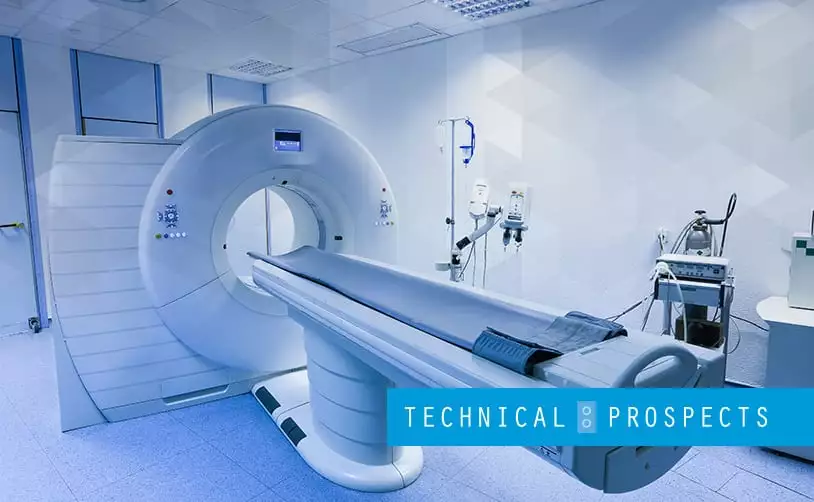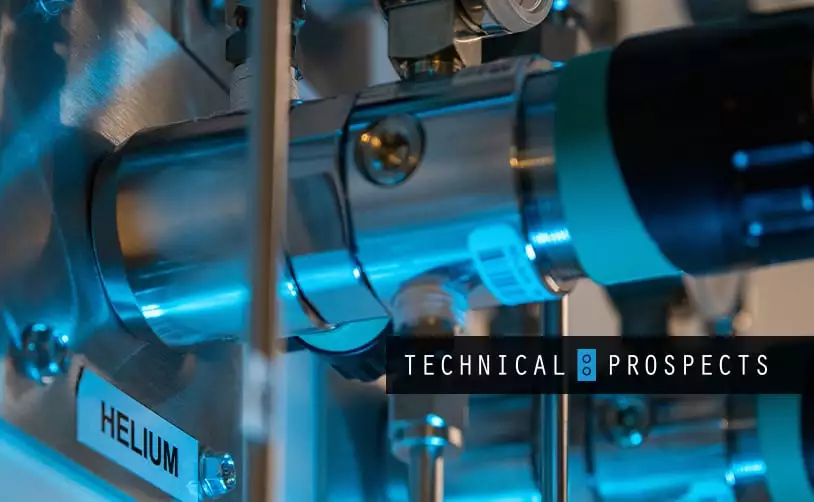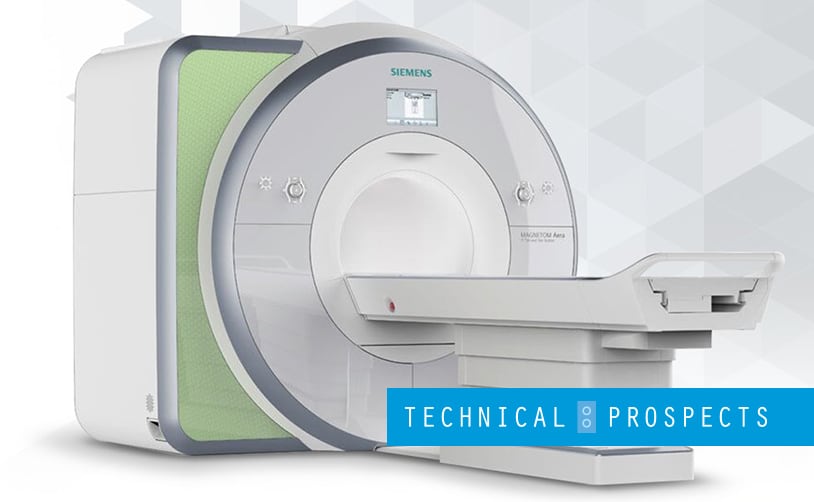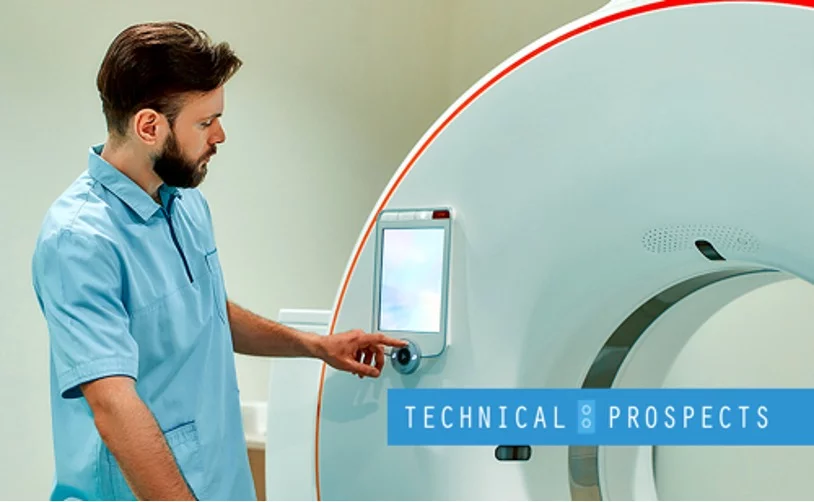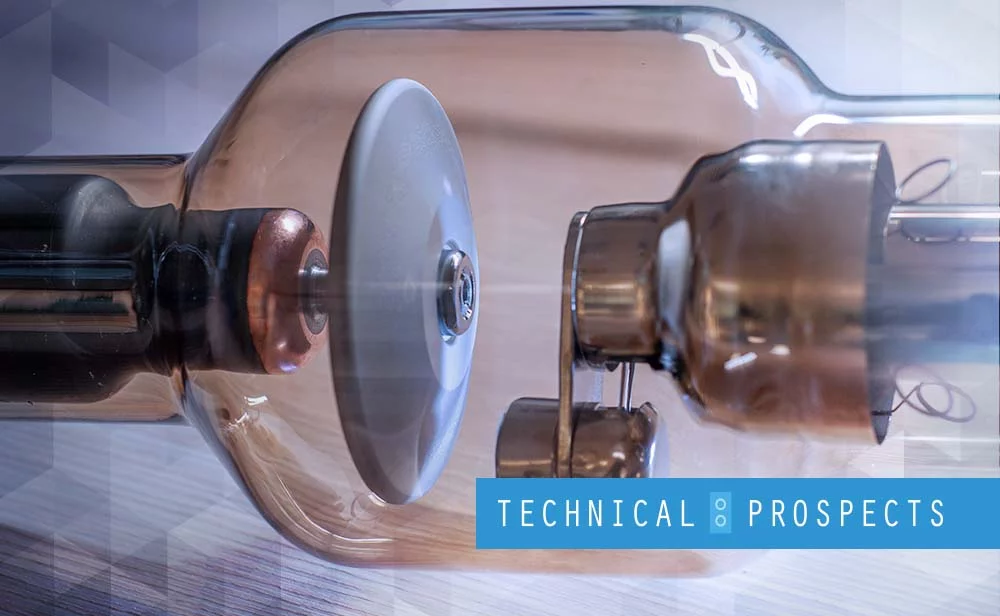MRI machines continue to save countless lives every single day, making it a paramount part of the healthcare system. These machines come at quite a cost, however, especially when it comes to maintenance, as well as parts and other requirements. If your hospital has one, it’s important to familiarize yourself with its different needs, particularly when it comes to the cold heads.
An MRI cold head is essentially a mechanical device, designed to recondense helium gas back to liquid after cooling the entire magnet system down. This prevents the limited resource of helium from burning off, also allowing your system to remain at the right temperature levels.
To learn more about these seemingly intricate parts, here’s a quick guide you can follow:
The Significance of the MRI Cold Head
MRI machines come with built-in cooling systems, all tasked with using liquid helium to keep the magnet cool. Being exposed to high temperatures causes helium to turn into gas, making it an extremely limited resource. Fortunately, MRIs come with cold heads, which have been designed to recondense the helium gas, converting it back into its liquid form for future use.
Helium can be tracked using a specific margin in the machine. Once it approaches zero, you will need to replace the cold head. It also requires regular maintenance, especially considering the significant role it plays. Failure to replace this critical part can result in catastrophic consequences, such as a complete shutdown of your MRI. As a result, you’ll be wasting time and revenue, as well as affect quality patient care.
Why do cold heads fail?
MRI machines fail for a variety of reasons, but cold heads usually fail due to two reasons only—contamination and worn-out parts. MRI cold heads can be contaminated due to impurities in the helium, also including the compressor’s oil.
This oil slowly finds its way into the cold head due to a problem with the absorber or saturated filer, eventually leading to worn-out parts. All these can happen naturally, which is why regular maintenance is always highly recommended.
Is there a way for MRI cold heads to work faster?
Although it’s inevitable that your cold heads will eventually need to be replaced, there is a way to ensure that these MRI parts perform better and longer. Maintenance will still be needed, but you’ll want to ensure that you invest in high-quality replacement parts.
This can be determined with the help of a knowledgeable engineer—any substandard pieces can result in helium contamination, leading to a short MRI lifespan, budget blows, and of course, downtimes and headaches.
It’s also best to ensure your MRI magnet is closely monitored, as you’ll be able to catch potential issues before they completely unfold. You’ll also be able to determine the precise cause of the issues, allowing you to save the MRI from further damage.
Working With A Knowledgeable MRI Service Provider
Given the importance of MRI machines, it’s only right that you exhaust all means to keep it working and intact. Your cold head parts, in particular, need to be closely monitored, no matter if they’re brand new or already existing in your system, for a few years. Prevention is always better than cure, so monitor your magnets today and entrust maintenance to a good service provider.
For more information on MRI parts, DirectMed Parts is ready for your queries and questions. We are the most trusted source of information on everything medical imaging in the United States. We specialize in CT and MRI parts and coils, ever ready to help you ensure that your machines stay in tip-top shape. Reach out to us today to learn more.


